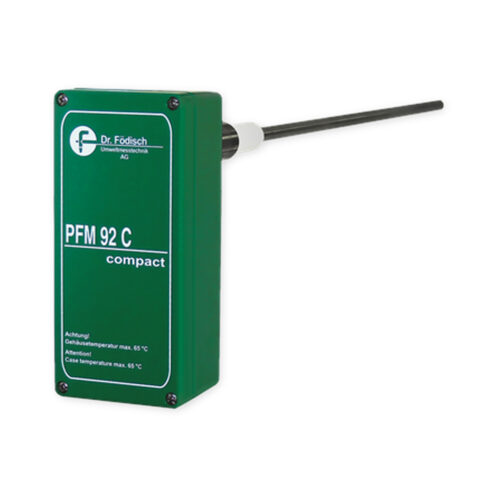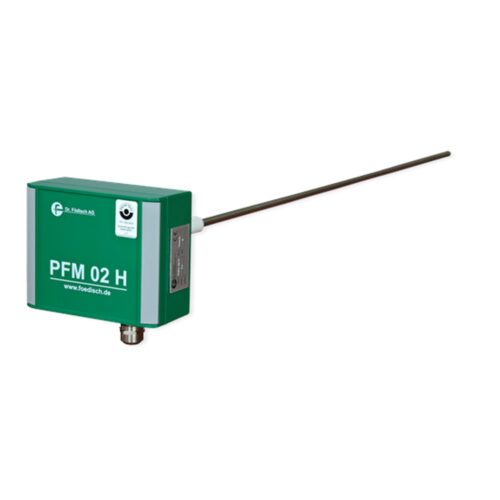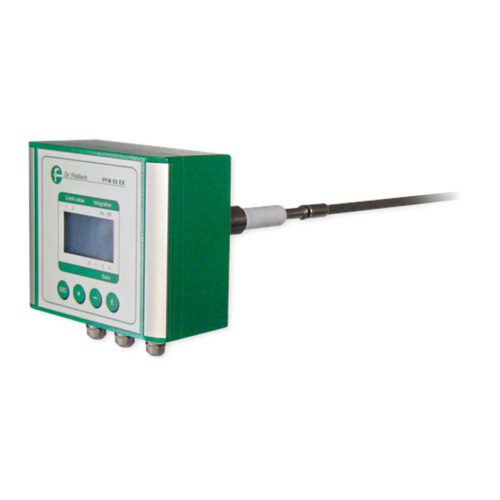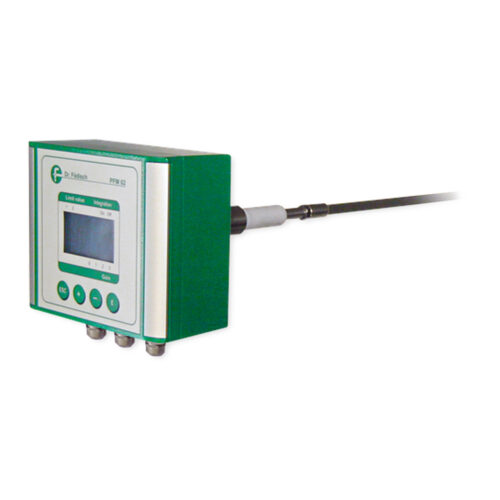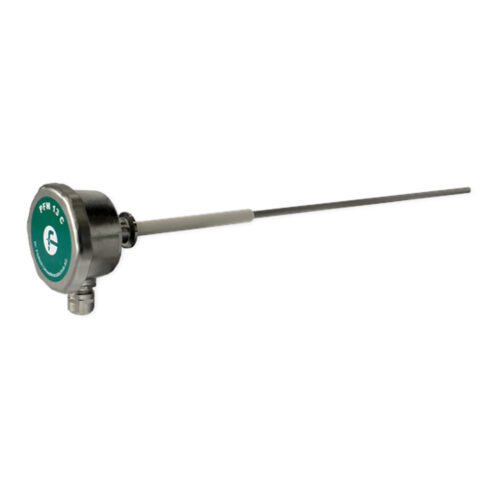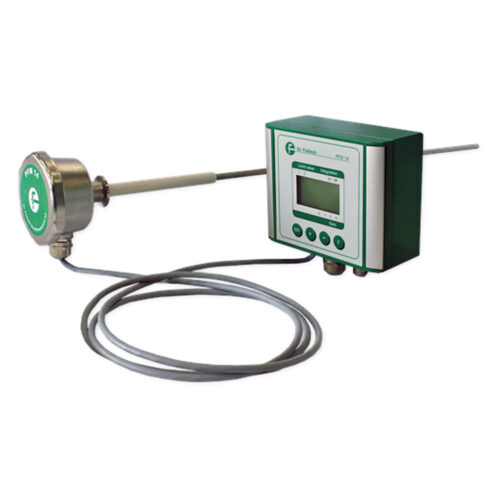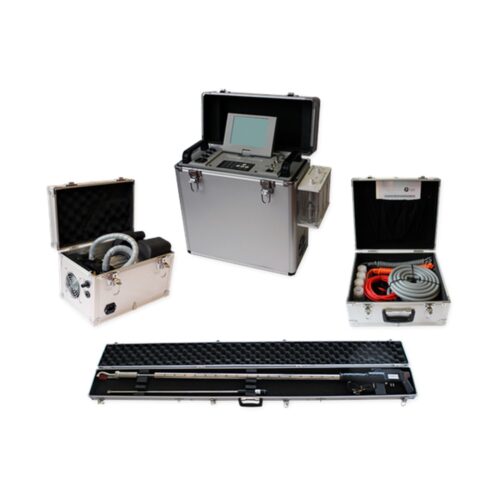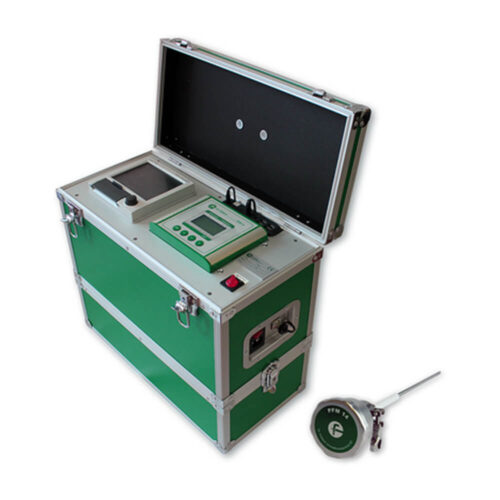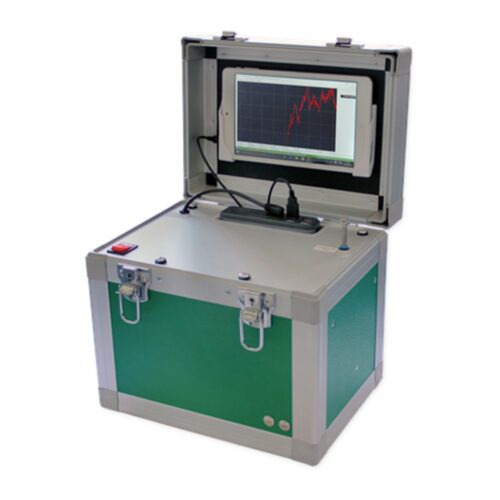-
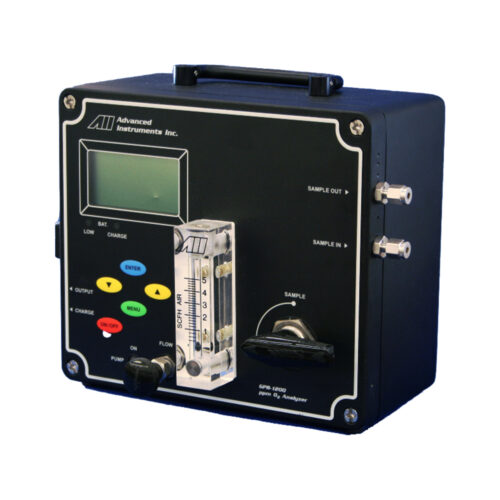 De zeer nauwkeurige draagbare zuurstofanalysatoren van Analytical Industries zijn bedoeld voor toepassingen die op verschillende gedefinieerde meetpunten moeten worden gecontroleerd. Het GPR-3500-model heeft een compacte, robuuste behuizing en bevat roestvrijstalen onderdelen die in contact komen met de vloeistof, geïntegreerde debietmeters en naaldventielen. Het meet de zuiverheid voor inerte gassen, kooldioxide en zuurstof. De GPR-1200 compacte draagbare zuurstofanalyser voor sporen heeft een 4-wegklep die een gasmonster in de sensor opvangt. Dit maakt snellere zuurstofmeettijden mogelijk bij het verplaatsen van punt naar punt in een proces en beschermt ook sporenzuurstofsensoren tegen voortijdige uitputting als gevolg van blootstelling aan omgevingszuurstofniveaus om hun levensduur te verlengen. Dit alles zorgt voor een zuinige werking en lage eigendomskosten voor deze toonaangevende reeks draagbare zuurstofanalysers.
De zeer nauwkeurige draagbare zuurstofanalysatoren van Analytical Industries zijn bedoeld voor toepassingen die op verschillende gedefinieerde meetpunten moeten worden gecontroleerd. Het GPR-3500-model heeft een compacte, robuuste behuizing en bevat roestvrijstalen onderdelen die in contact komen met de vloeistof, geïntegreerde debietmeters en naaldventielen. Het meet de zuiverheid voor inerte gassen, kooldioxide en zuurstof. De GPR-1200 compacte draagbare zuurstofanalyser voor sporen heeft een 4-wegklep die een gasmonster in de sensor opvangt. Dit maakt snellere zuurstofmeettijden mogelijk bij het verplaatsen van punt naar punt in een proces en beschermt ook sporenzuurstofsensoren tegen voortijdige uitputting als gevolg van blootstelling aan omgevingszuurstofniveaus om hun levensduur te verlengen. Dit alles zorgt voor een zuinige werking en lage eigendomskosten voor deze toonaangevende reeks draagbare zuurstofanalysers. -
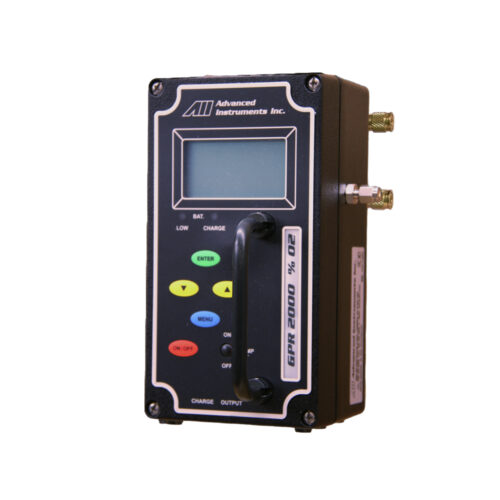
 Deze robuuste draagbare instrumenten zijn geschikt voor sporen zuurstofmetingen van 0,1 ppm tot zuiverheid toepassingen bij 100% zuurstof en delen dezelfde geavanceerde sensortechnologie als de online proces zuurstof analysatoren, waardoor u kunt vertrouwen op hun betrouwbaarheid en nauwkeurigheid. Het concept van Analytical Instruments, waarbij dezelfde HMI en menustructuren worden gebruikt voor draagbare en online analysers, maakt het voor operators uiterst eenvoudig om beide soorten instrumenten op hun locatie te gebruiken zonder dat er extra training nodig is.
Deze robuuste draagbare instrumenten zijn geschikt voor sporen zuurstofmetingen van 0,1 ppm tot zuiverheid toepassingen bij 100% zuurstof en delen dezelfde geavanceerde sensortechnologie als de online proces zuurstof analysatoren, waardoor u kunt vertrouwen op hun betrouwbaarheid en nauwkeurigheid. Het concept van Analytical Instruments, waarbij dezelfde HMI en menustructuren worden gebruikt voor draagbare en online analysers, maakt het voor operators uiterst eenvoudig om beide soorten instrumenten op hun locatie te gebruiken zonder dat er extra training nodig is. -
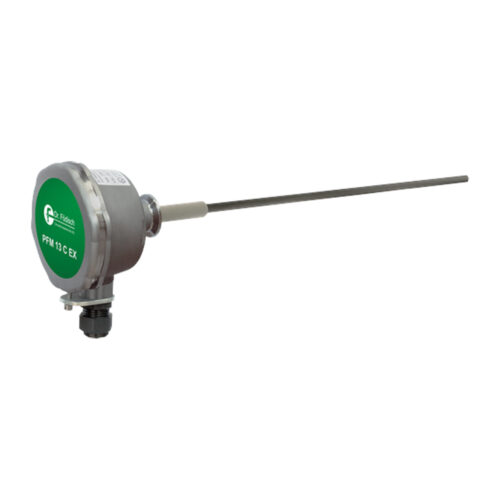
- continuous, tribo-electric in-situ filter monitoring device with EC-Type Examination Certificate (IBExU19ATEXB008 X)
- approved for Ex II 3D Ex ic tc IIIC T80 °C Dc
- suitable for installations in hazardous areas of zone 22
- no separate power supply necessary (2-wire transmitter)
- two probe lengths available (300 and 500 mm)
-

- patented world innovation: Sampling and weighting in one system on site!
- intelligent system for isokinetic dust and fine particles measurements in exhaust air ducts and stacks
- acquisition of all necessary gas boundary parameters (humidity of the sample gas, velocity in exhaust gas channel, temperature, pressure)
- pivotable graphic display for more convenient operations
-

- real-time measurement of PM2,5
- Monitoring of fine dust concentrations in ambient air and/or at workplaces
- optical sensor including fitting with clip system, therefore easily exchangeable
- active and automatic zero point setting
- active air suction
- Integrated pre-separator for particles > 2,5 µm
- noiseless operation
- network-compatible

